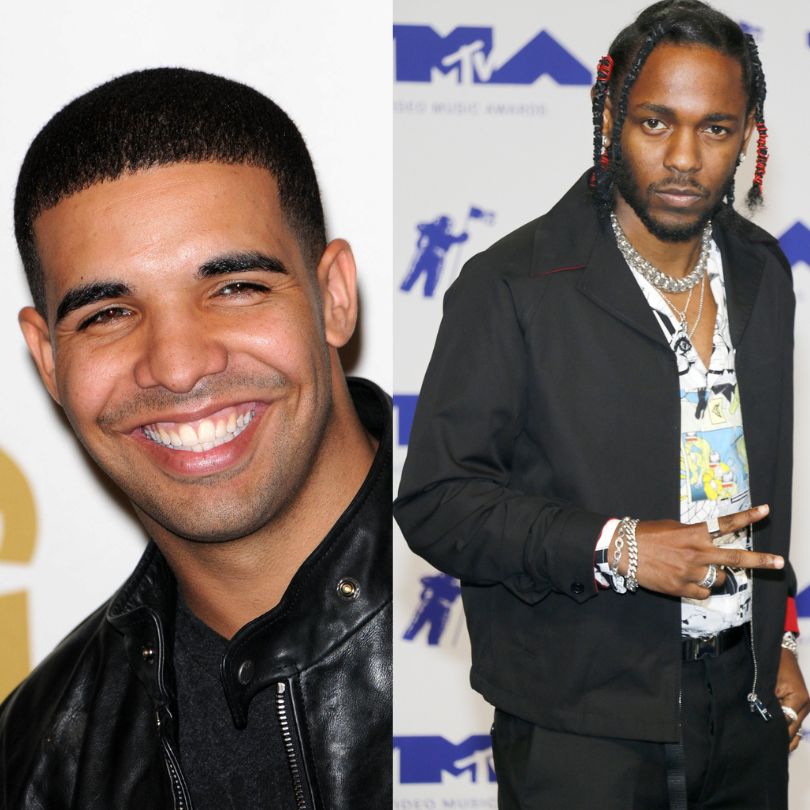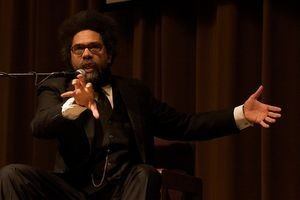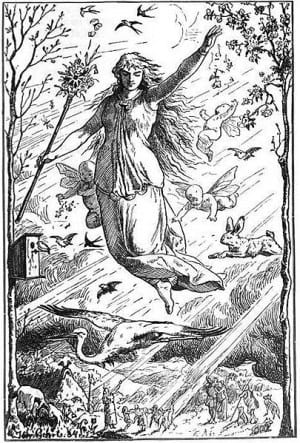
In one of the most captivating feuds in hip-hop history, Drake and Kendrick Lamar’s rivalry has sparked widespread debate and intrigue. The altercation, marked by lyrical jabs and public comments, has turned into a significant point of discussion among fans and critics alike.
In this article, we aim to dissect the origins and developments of the Drake vs. Kendrick Lamar beef, exploring their artistic approach, lyrical content, and the overarching impact on the music industry and fan communities.
Drake
Drake, whose real name is Aubrey Drake Graham, is a Canadian rapper, singer, and actor. He is recognised as a significant player in modern popular music and is credited with making R&B tastes more widely known among hip hop performers.
Kendrick Lamar
American rapper and songwriter Kendrick Lamar Duckworth was born in Compton. Regarded as one of the best rappers of all time, he is the only recipient of the Pulitzer Prize for Music among musicians other than jazz and classical.
Background of the Beef
The seeds of the feud between Drake and Kendrick Lamar were sown early in their careers. Initially, their relationship was collaborative. Drake featured Kendrick on the “Buried Alive Interlude” from his critically acclaimed 2011 album, Take Care. This partnership extended into 2012 when Kendrick opened for Drake’s Club Paradise Tour and both artists collaborated on the hit track “Poetic Justice” from Kendrick’s album Good Kid, M.A.A.D City. However, the camaraderie shifted dramatically in 2013 when Kendrick released his verse on Big Sean’s “Control,” calling out Drake among other prominent rappers, which signaled the beginning of a competitive tension that would evolve into a full-fledged lyrical warfare.
Key Diss Tracks and Allegations
- “Control” and its Aftermath: Kendrick’s verse on “Control” was a direct challenge to his peers, including Drake, to step up their game, which did not sit well with Drake. He responded subtly in interviews and more overtly in tracks like “The Language” from his album Nothing Was the Same.
- Increasingly Direct Attacks: Over the years, both artists have released tracks with lyrics aimed at each other. Notably, Kendrick’s “King Kunta” and Drake’s appearances on tracks like “Used To” and “No Shopping” hinted at mutual discontent, often referencing each other’s integrity and authenticity in the industry.
- The Escalation: The release of “Push Ups” by Drake and “Euphoria” by Kendrick saw the feud escalate with more personal and direct attacks. Drake’s tracks accused Kendrick of hypocrisy and artistic inconsistency, while Kendrick’s responses highlighted perceived inauthenticity in Drake’s work and personal life.
Public and Industry Reaction
The feud has captivated fans and the music industry alike. Each diss track release sparks a flurry of social media activity, think pieces, and public speculation. Industry insiders and other artists occasionally weigh in, either to show allegiance or to call for peace between the two. It has undeniably boosted the public profiles of both artists, keeping them relevant in the competitive and fast-paced music industry. Fans remain divided, with some appreciating the competitive spirit driving the artists to produce compelling music, while others express fatigue over the prolonged nature of their rivalry.
Artistic Approach and Lyrical Content
Drake’s Disses
Drake’s approach in tracks like “Push Ups” showcases his ability to blend controversy with catchy, club-ready beats, making his disses resonate both in terms of content and entertainment. His strategic use of AI in “Taylor Made Freestyle” to mimic voices of hip-hop legends adds a layer of complexity and personal attack, targeting Kendrick’s respect within the industry.
Kendrick Lamar’s Disses
Kendrick Lamar counters with a more direct and cutting lyrical style. His track “6:16 in LA” not only delivers sharp lyrical jabs but also reveals the strategic depth of his disses by claiming moles within Drake’s camp. This move exemplifies Kendrick’s tactical approach to the feud, blending personal insights with public call-outs, thereby intensifying the impact of his words.
Drake’s tracks have tended to be more accessible and are designed to thrive in a commercial environment, while Kendrick’s compositions are dense, often requiring more reflection and offering a critique on deeper societal issues.
Impact on Music Industry and Fan Communities
The beef has been extensively covered by the media, with both artists making the Billboard Top 10, and Kendrick Lamar’s “Not Like Us” debuting at number one. This coverage has highlighted the speed and intensity with which the artists have engaged each other, drawing comparisons to political or sports rivalries. The media’s portrayal of this feud has fascinated even those not typically engaged with hip-hop, underscoring the broad appeal of the artists’ confrontation.
Fan reactions have been diverse, with some fascinated by the rap battle’s rigor and velocity. This engagement has created a participatory feedback loop on social media, where fans exchange thoughts and analyses. However, the feud has also brought to light serious allegations, including those related to the treatment of women and minors, sparking debate about the artists’ responsibilities. These discussions have extended beyond the music, touching on deeper societal issues and contributing to a complex online discourse.
Expert Opinions and Critiques
Music critics have been vocal about the lyrical battle between Drake and Kendrick Lamar, often favoring Kendrick for his direct and impactful lyrics. Critics like Angel Diaz from Billboard and Sowmya Krishnamurthy from Medium have praised Kendrick’s tracks for their raw energy and lyrical prowess, noting that they deliver a more compelling narrative compared to Drake’s efforts. The consensus among many is that Kendrick’s responses in tracks like “Euphoria” have showcased superior artistry and a deeper engagement with the core of hip-hop.
Industry insiders have observed the strategic elements of the feud, noting how both artists have managed to keep their fan bases engaged and the media buzzing. Insights from figures like Justin Davis and A.D. Carson highlight how the feud has been leveraged by streaming platforms like Spotify and YouTube, suggesting that the real winners might be these platforms, which thrive on the continuous engagement the feud generates. The spectacle has been described as a complex interplay of personal egos and commercial interests, where both artists benefit financially despite the apparent animosity.
Conclusion
Through the dynamic interplay of lyrical prowess and public spectacle, the feud between Drake and Kendrick Lamar has undeniably elevated their status within the hip-hop community, sparking intense debate and engagement among fans and critics alike. The analysis of their diss tracks, public and industry reactions, and the broader implications of their rivalry offers a unique lens into the evolving nature of hip-hop feuds. Their ability to command the attention of the music industry and to provoke thought and discussion on various societal issues underscores the significance of their confrontation, blending the lines between entertainment and insightful commentary on cultural and industry dynamics.
SEE ALSO: Deadpool & Wolverine Trailer Review: What Did We Notice?












